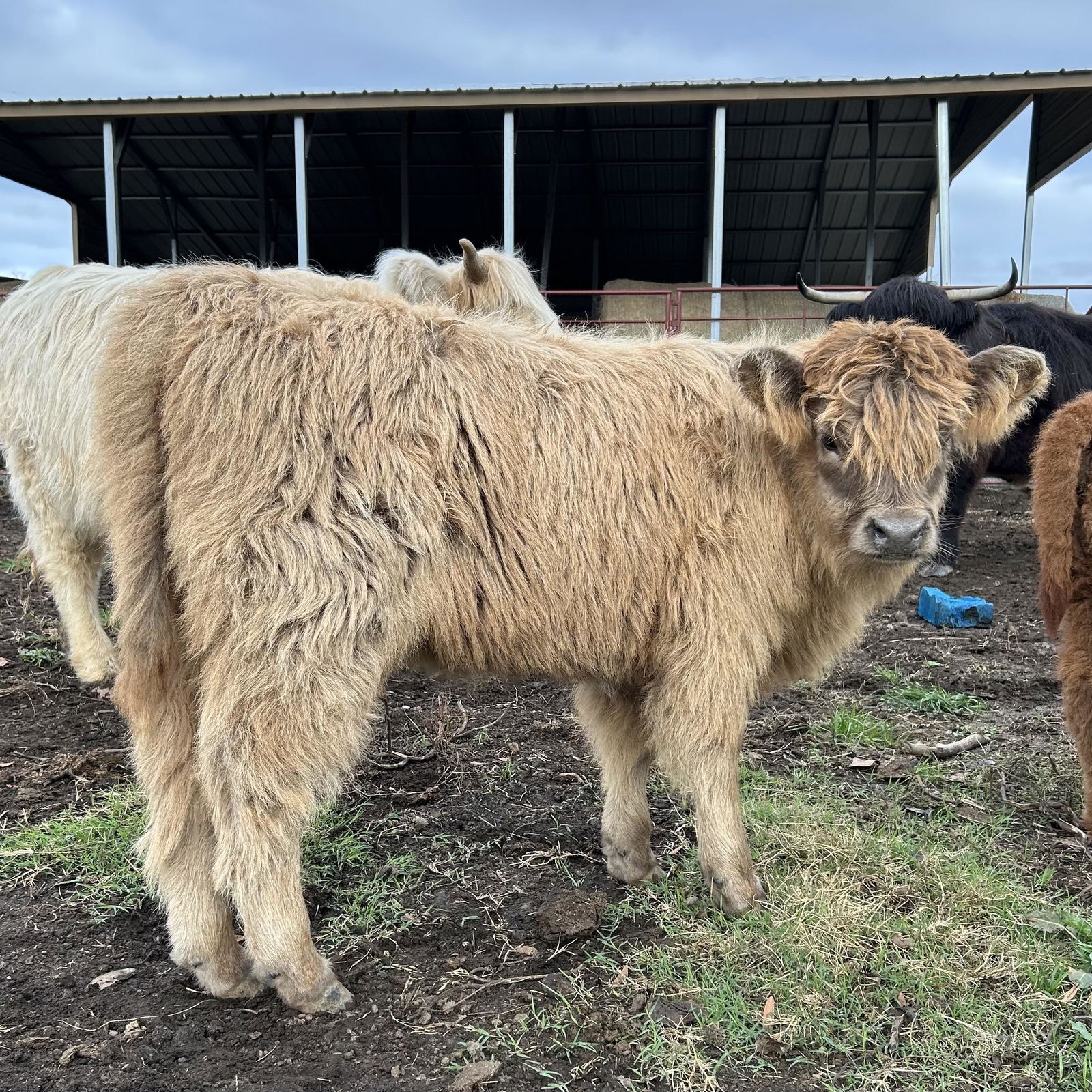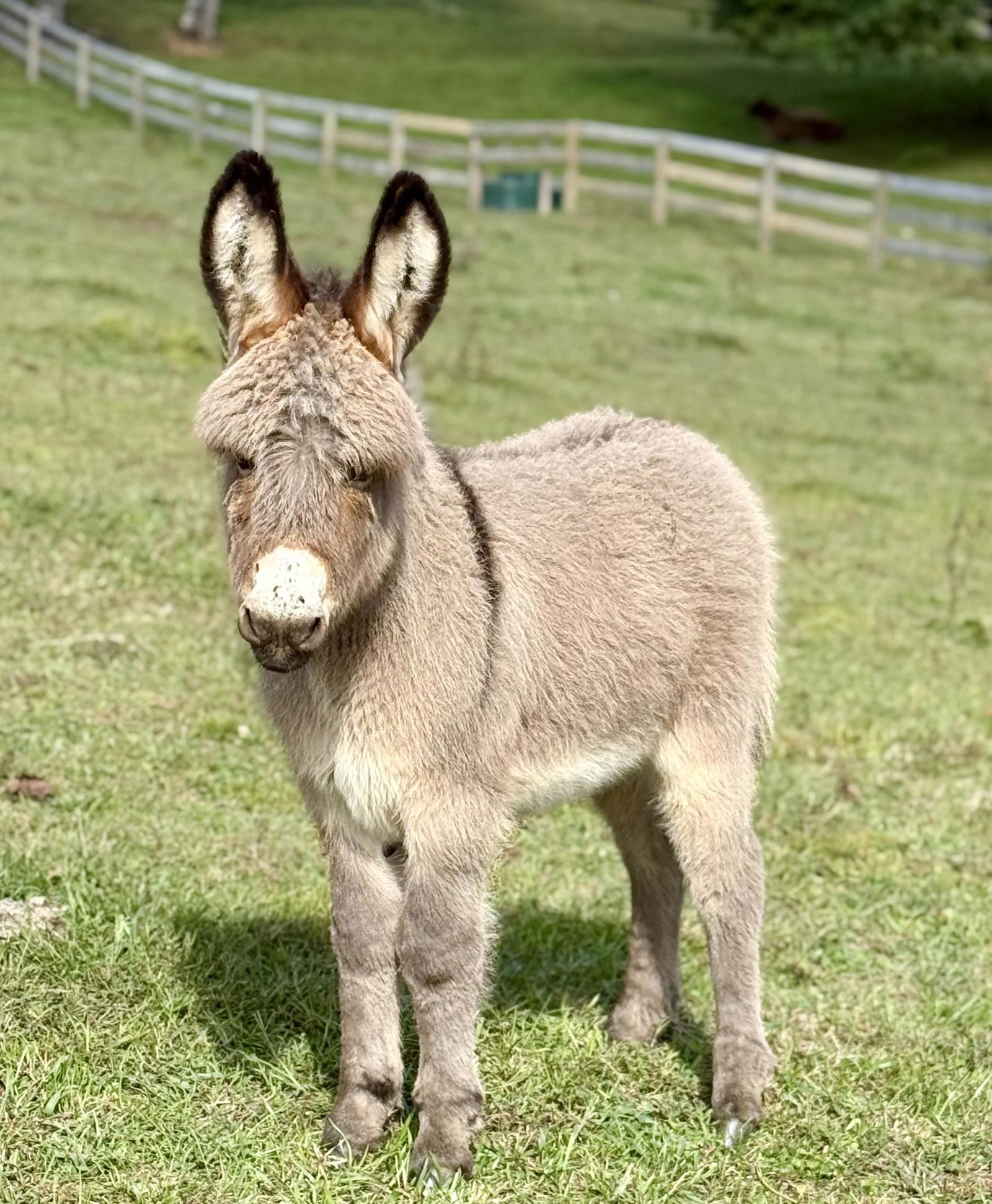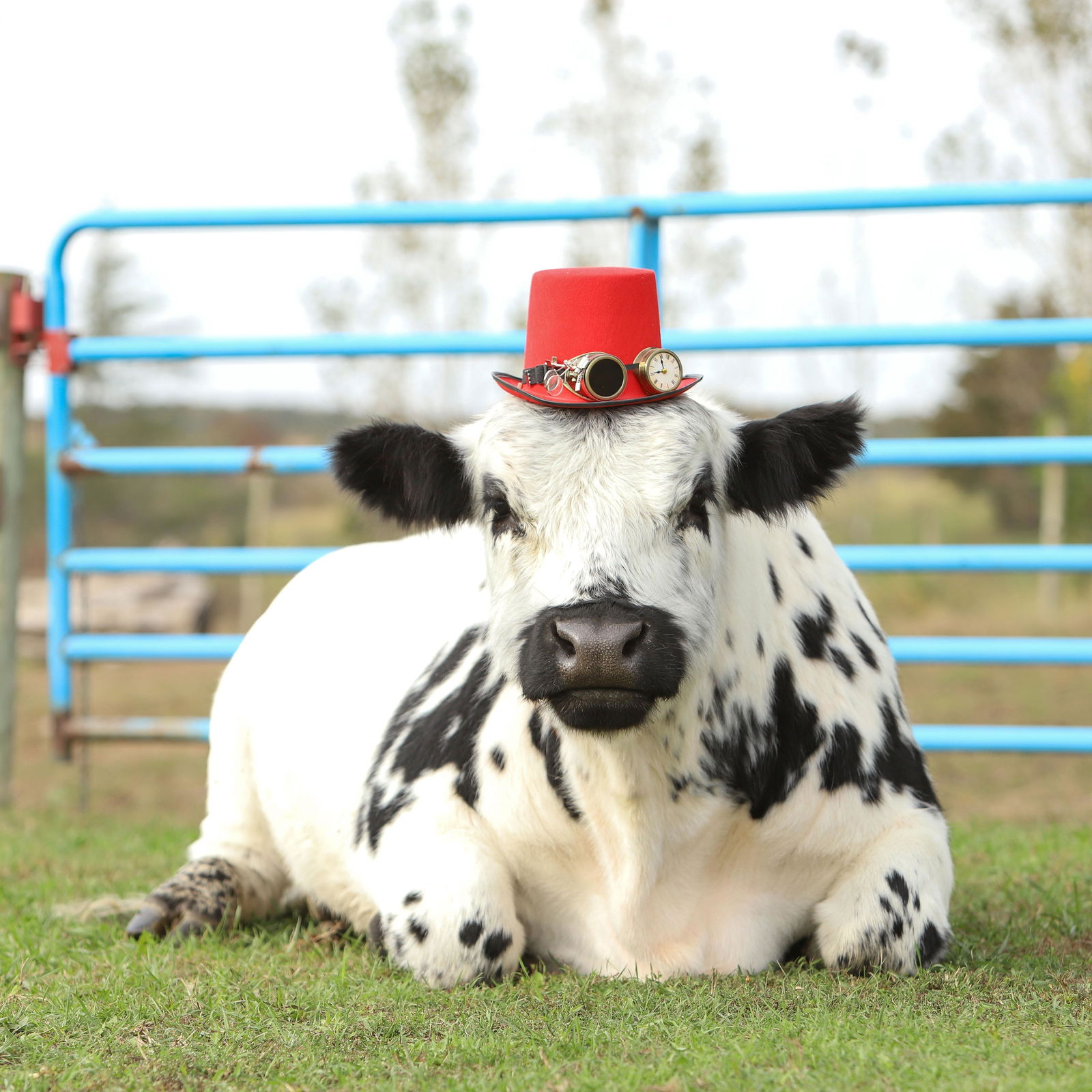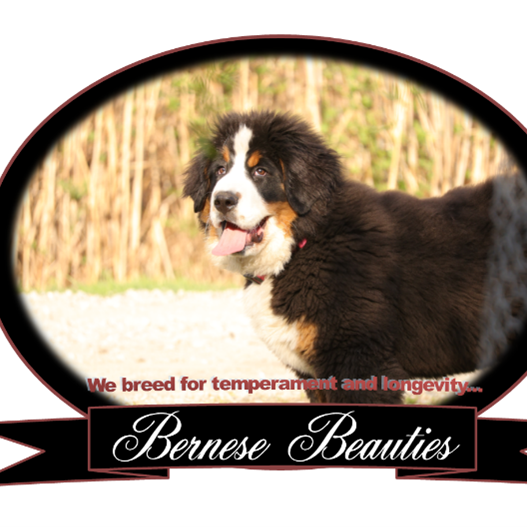
Miniature Donkey Colors: Common and Rare Coat Variations
Author: Elliott Garber, DVM
Ever wondered why miniature donkeys come in such a delightful array of colors? These little companions show incredible variety in their coats – from classic grays to rich chocolates and even striking spotted patterns.
Mini donkeys can display up to 40 different color combinations. Each unique pattern tells a story about the donkey’s family history and breeding background, making every animal special in its own way.
Common Miniature Donkey Colors and Patterns
The color variations you’ll see in miniature donkeys come directly from their genes, creating some truly beautiful combinations.
Gray and Dun Coloring
Gray miniature donkeys range from light silver to deep charcoal. The classic dun pattern stands out with its dark stripe running from mane to tail, plus that distinctive cross shape on their shoulders (like a natural backpack!). Their legs often show darker stripes, and they sport white rings around their muzzles that give them their characteristic friendly face.
Brown and Chocolate Variations
Brown donkeys offer some of the most varied and rich colors in the family. You’ll find gorgeous red-brown coats with copper hints, and chocolate shades from light milk chocolate to deep dark chocolate. Many have frosted points on their ears, nose, and legs, with lighter cream-colored bellies that create beautiful contrast.
Black and Dark-Colored Donkeys
Black miniature donkeys are particularly striking, with their blue-black coats and light points around their eyes and muzzle. Unlike their striped cousins, these donkeys typically have solid-colored legs and bodies. In winter, their coats often take on a deep, rich brown tone.
Gray and dun colors make up about 45% of the population, while brown and chocolate variations account for 35%. The remaining 20% are beautiful black donkeys.
The Spotted Coat Patterns
Spotted miniature donkeys are like walking works of art, combining their base colors with unique white markings. These patterns create some of the most eye-catching looks you’ll find in the donkey world.
Spotted and Pinto Markings
The spotting gene creates various white markings that can include a striking blaze down the face, white socks on the legs, distinctive hip spots, or even large white areas covering significant portions of the body. These patterns pass down through generations, though they might show up differently in each donkey.
Frosted and Roan Patterns
Frosted points create beautiful light areas around the muzzle, eyes, belly, and inner legs. Roan patterns mix white hairs throughout the base coat, creating an even, sparkly appearance that’s especially noticeable on the face while keeping darker points intact.
Rare and Unique Color Variations
Some miniature donkeys sport rare colors that make them truly special. These unique combinations show just how diverse these amazing animals can be.
White and Light-Colored Donkeys
Ivory donkeys are particularly fascinating – they’re born with darker coats (usually cream or tan) and lighten as they age. They often have pink skin and striking ice-blue eyes. Look closely, and you’ll notice adorable freckles around their eyes, muzzle, and other areas.
Mixed Color Combinations
The most interesting patterns often come from mixed colors. You might see pinto patterns with white spots splashed across gray, black, or brown coats. Roan coloring adds another layer of complexity, mixing white hairs with black, red, or gray base coats to create unique effects.
Each color combination makes these miniature donkeys special, and their varied patterns help make them such beloved companions.
Genetics Behind Miniature Donkey Colors
The variety of miniature donkey colors stems from specific genetic combinations. Understanding these patterns helps explain why some donkeys display classic gray coats while others develop darker features.
The No Light Points Mystery
The No Light Points (NLP) trait creates darker pigmentation around a donkey’s muzzle, eye rings, and belly. This genetic feature works through:
- An autosomal recessive trait requiring two copies of the NLP allele
- The agouti signaling protein (ASIP) gene controlling the coloration
- Carrier donkeys (N/NLP) maintaining light points while passing the NLP variant to half their offspring
- Full NLP donkeys (NLP/NLP) displaying dark points and passing this trait to all offspring
The Red Factor
The striking red coat color in miniature donkeys comes from a specific genetic variation. A recessive mutation in the melanocortin 1 receptor (MC1R) gene creates this distinctive coloring, similar to the chestnut color found in horses.
Genetic inheritance patterns show that carrier donkeys (N/NLP) maintain their light points and pass the NLP trait to 50% of offspring, while NLP/NLP donkeys display no light points and pass the trait to all offspring.
Caring for Different Colored Coats
Each coat color requires specific care to maintain its health and appearance. Different pigmentations come with unique maintenance needs and potential health considerations.
Gray-dun donkeys need extra attention during shedding season, with particular care for their light-colored areas. Their distinctive cross patterns and lighter undersides require protection from sun exposure.
Light-colored donkeys, especially those with blue eyes, need comprehensive sun protection. Their sensitive skin requires regular monitoring and preventive care to avoid irritation and burning.
Spotted and pinto patterns demand detailed grooming attention, particularly where colors transition. These areas need careful inspection to ensure skin health beneath the varied coat patterns.
Care requirements by coat type:
Dark Coats (Black, Brown):
- Weekly brushing removes dead hair
- Monitor for sun-related color changes
- Use appropriate shampoos for coat maintenance
Light Coats (White, Ivory):
- Apply sunscreen to pink-skinned areas
- Regular bathing prevents discoloration
- Monitor for skin sensitivity
Spotted/Pinto Patterns:
- Focus on color transition areas during grooming
- Protect white areas from sun damage
- Document pattern changes for health tracking
Regular coat documentation helps monitor health changes and assists veterinary care. Photographs provide valuable reference points for tracking pattern changes over time.
Conclusion
Miniature donkey colors reflect their genetic heritage through various patterns and shades. From common gray-duns to distinctive spotted patterns, each coat type requires specific care and attention.
Understanding coat genetics and care requirements helps provide optimal support for these animals. Regular monitoring and appropriate care routines ensure healthy coat maintenance and overall well-being.
Each miniature donkey’s coloring contributes to their individual characteristics, requiring tailored care approaches for optimal health.

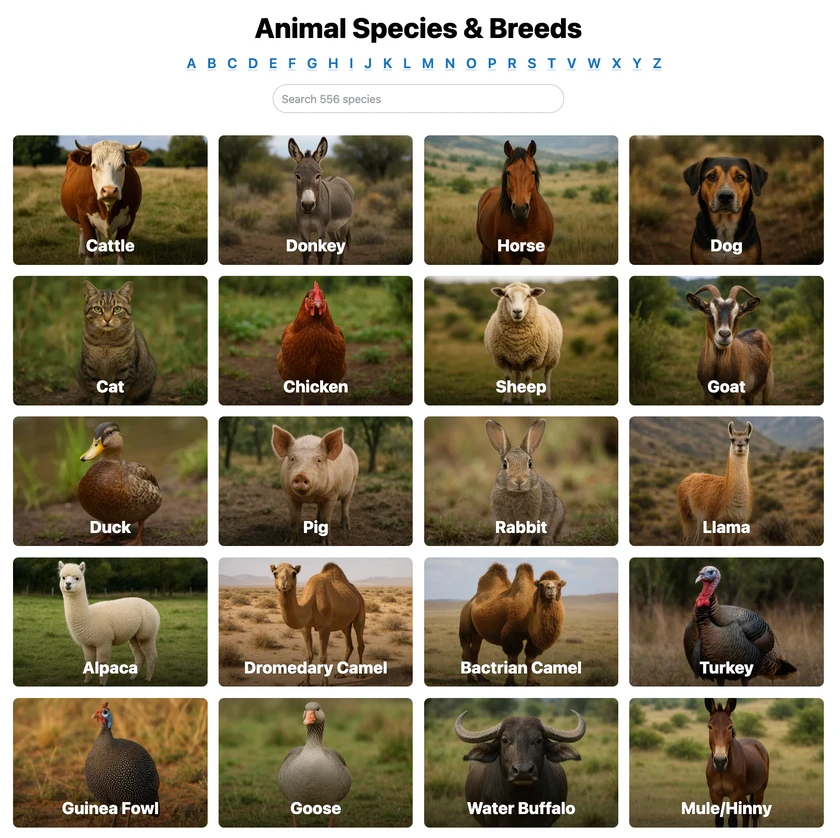 All Species & Breeds
All Species & Breeds
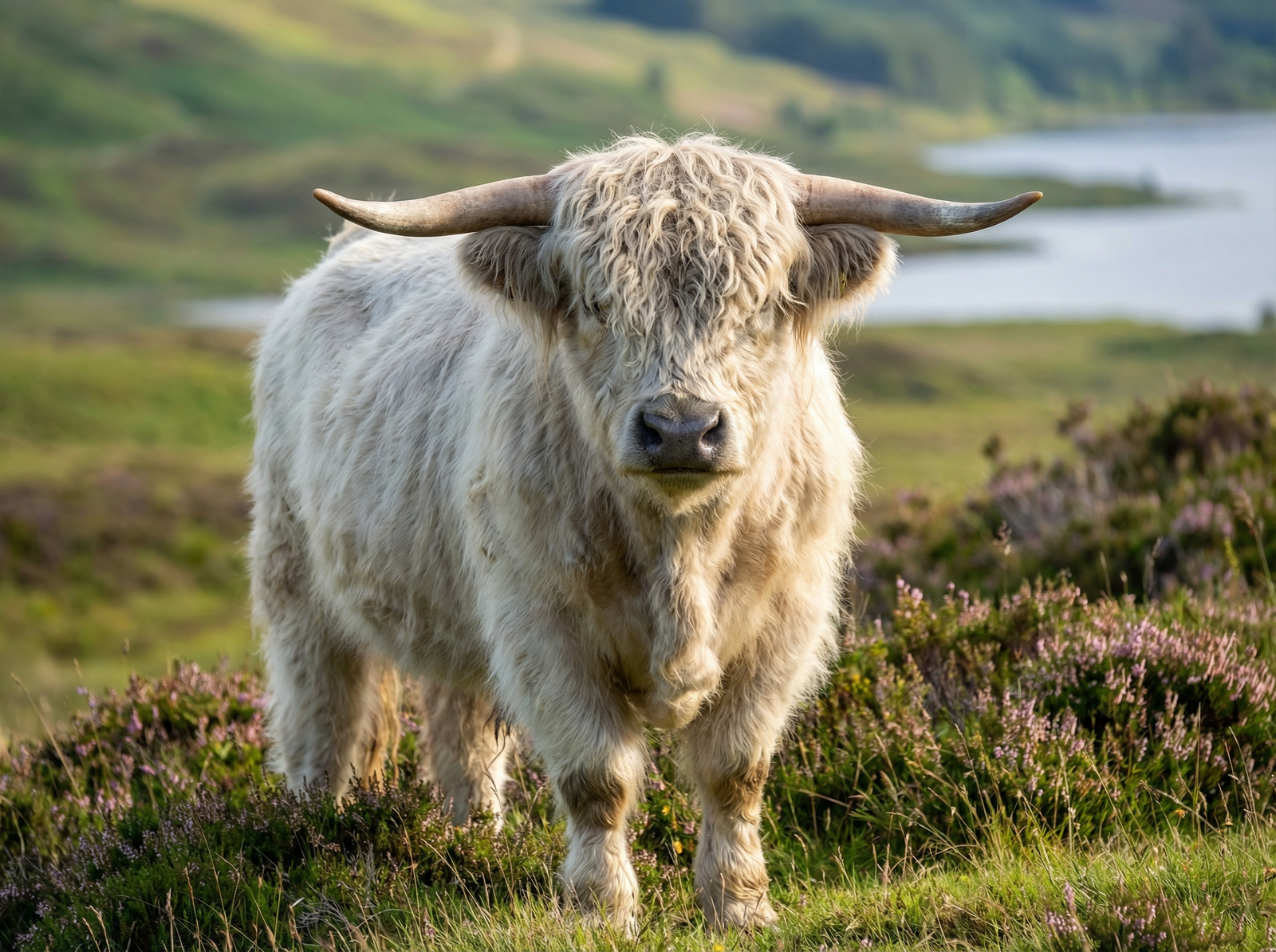 Highland Cattle
Highland Cattle
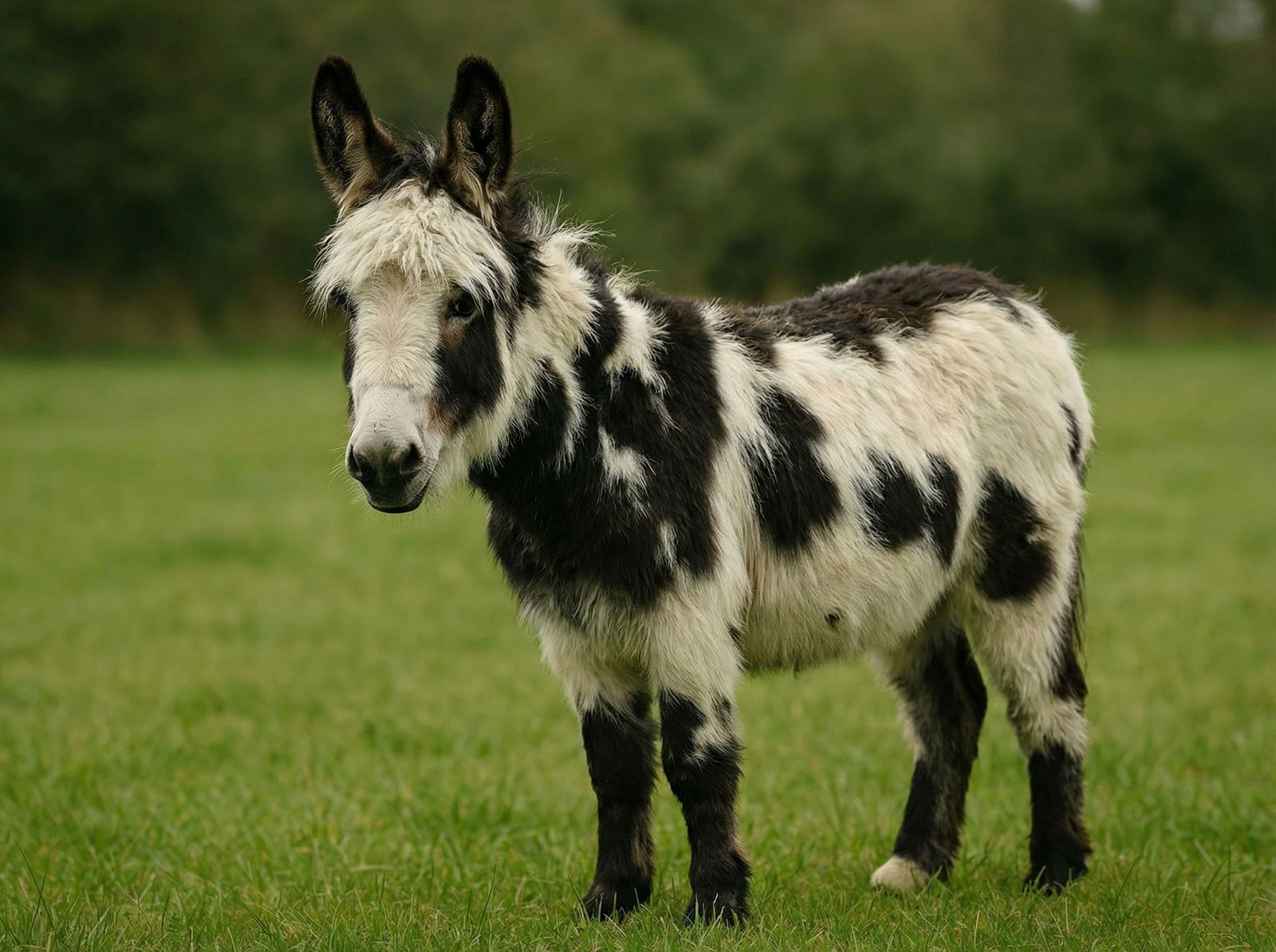 Miniature Donkeys
Miniature Donkeys
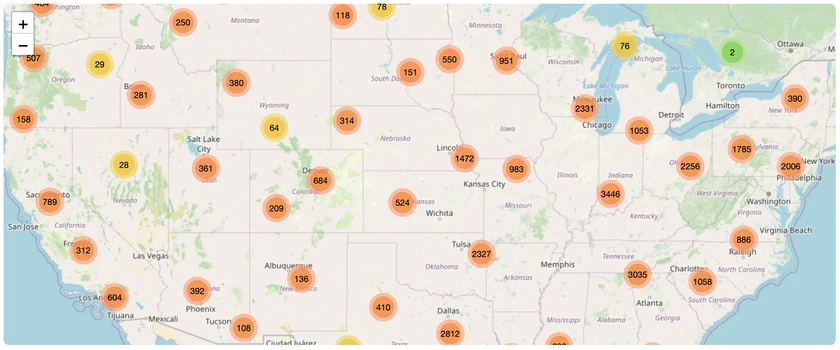 All Species Directory
All Species Directory
 Highland Cattle in Virginia
Highland Cattle in Virginia
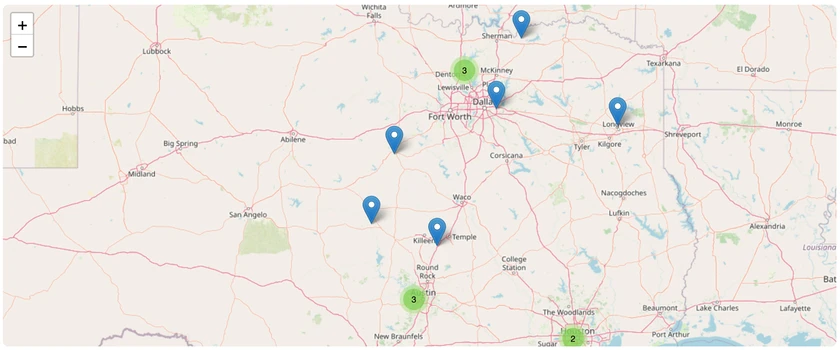 Miniature Donkeys in Texas
Miniature Donkeys in Texas









